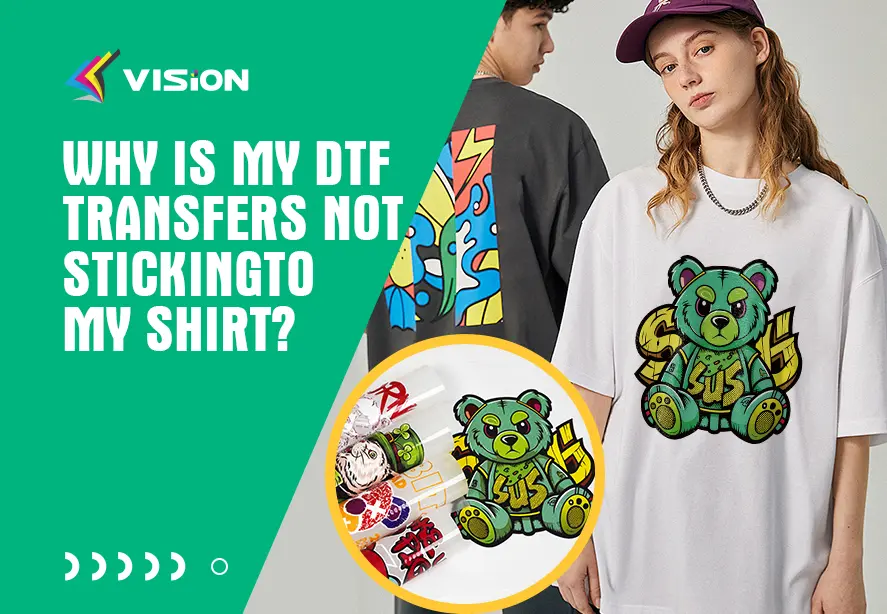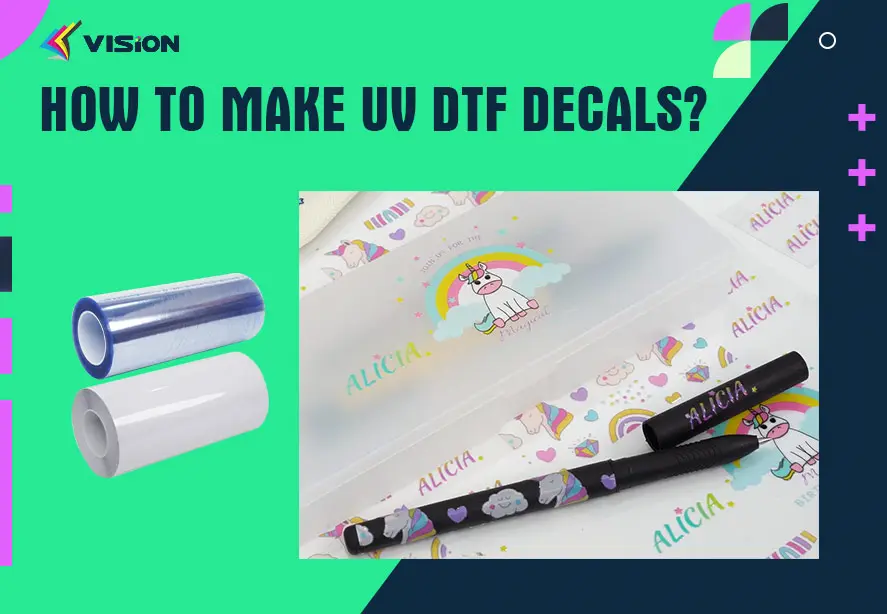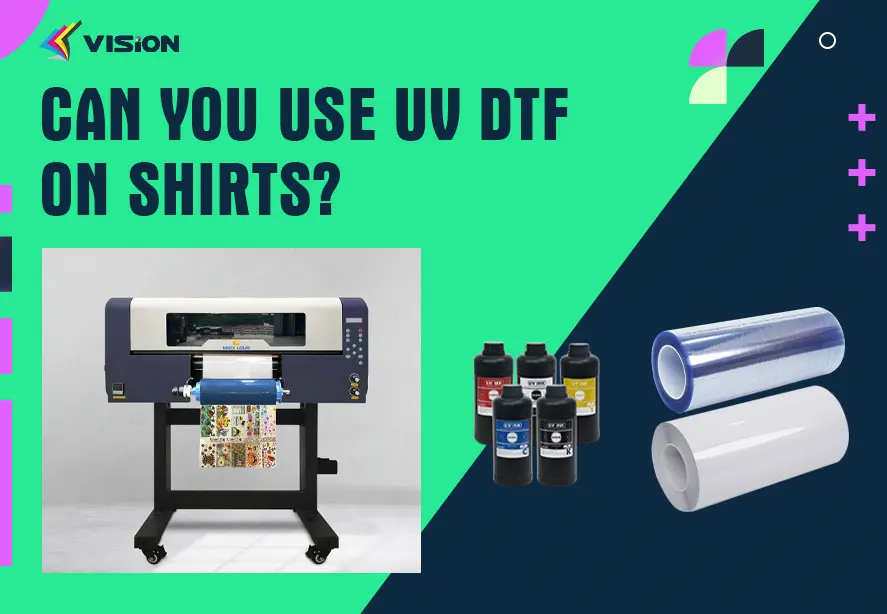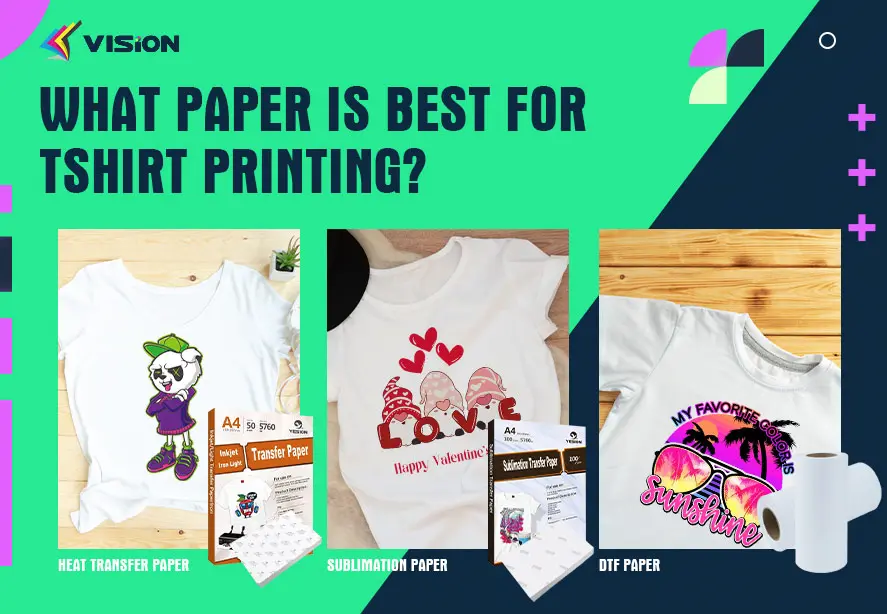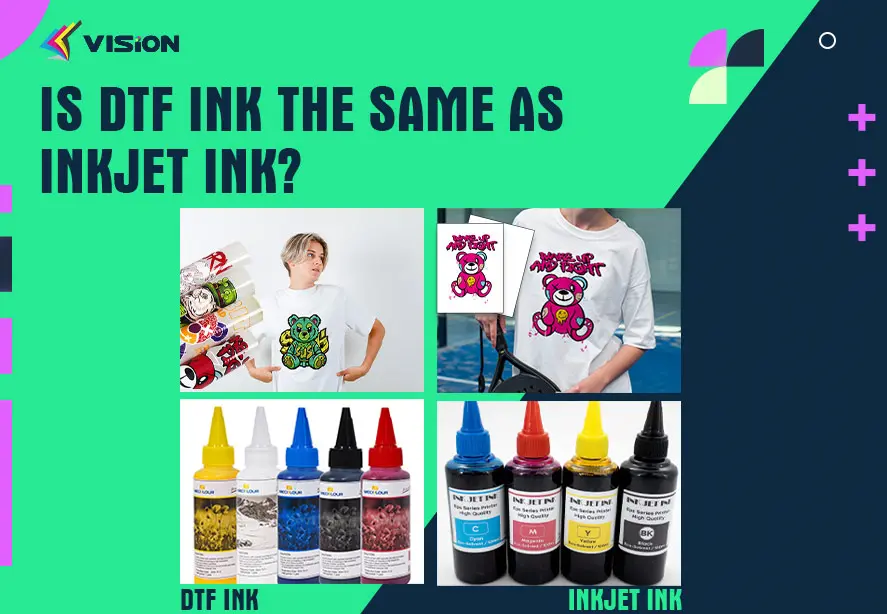UV printing ink VS DTF printing ink:What is the difference?
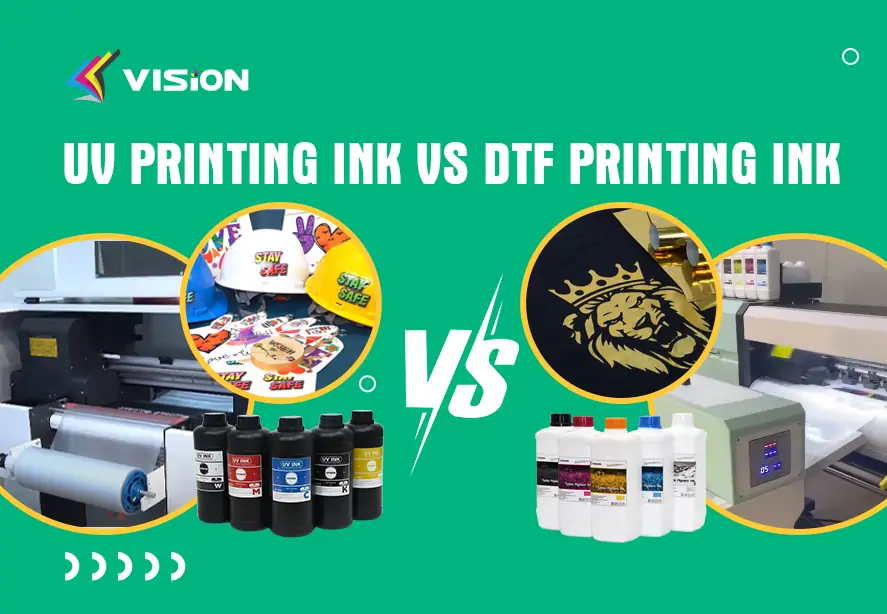
UV printing ink and DTF printing ink are two different types of inks used in the printing industry, each with its own unique characteristics and applications. Let’s explore the differences between UV printing ink and DTF printing ink.
UV Printing Ink
UV printing ink, also known as ultraviolet printing ink, is a type of ink that cures or dries instantly when exposed to ultraviolet light. It is commonly used in various printing processes, including digital printing, offset printing, and screen printing. Here are some key features of UV printing ink:
Key Features of UV printing ink
Curing Process: UV printing ink cures through a photopolymerization process. When exposed to UV light, the ink undergoes a chemical reaction that transforms it from a liquid to a solid state. This fast curing process allows for immediate handling and finishing of printed materials.
Print Quality: UV printing ink offers excellent print quality with sharp and vibrant colors. It provides a high level of detail and precision, making it suitable for applications that require fine text, intricate graphics, or high-resolution images.
Fast Drying: UV printing ink dries almost instantly when exposed to UV light, allowing for high-speed production and reduced waiting time. This makes it ideal for printing on non-absorbent materials like glass, plastic, metal, and coated papers.
Versatility: UV printing ink can be used on a wide range of substrates, including rigid materials like acrylic, PVC, aluminum, plastics, acrylics, wood, metals, glass and promotional products, as well as flexible materials like vinyl and paper. It adheres well to different surfaces and produces vibrant and durable prints.
How to use uv DTF wrap on tumbler?
More videos about UV DTF printing, please follow our youtube channel.
Durability: UV printing ink creates prints that are highly resistant to scratches, chemicals, and fading caused by UV light exposure. This makes it suitable for outdoor applications, such as signage, banners, and vehicle wraps.
Environmentally Friendly: UV printing ink is considered more environmentally friendly compared to traditional solvent-based inks. It contains minimal volatile organic compounds (VOCs) and does not release harmful fumes during the curing process.
Specialized UV Inks: In addition to standard UV printing ink, there are specialized UV inks available for specific applications. These include UV inks with enhanced adhesion properties for challenging substrates, UV inks with added flexibility for applications requiring bending or stretching, and textured UV inks for creating unique tactile effects.
Special Effects: UV printing ink offers the ability to create special effects, such as raised textures, embossing, and spot varnishes, through the use of multiple layers and curing techniques. This adds a unique and tactile element to printed materials.
DTF Printing Ink
DTF printing ink, which stands for “Direct-to-Film” printing ink, is a type of ink used specifically for the DTF printing process. DTF printing is a relatively new and innovative method. Here are some key features of DTF printing ink:
Key Features of DTF printing ink
Film Transfer Process: DTF printing ink is used in conjunction with a heat transfer film for the DTF printing process. The ink is printed onto the film, and then the film is applied to the fabric using heat and pressure. The heat activates the ink, allowing it to adhere to the fabric fibers.
Print Durability: DTF prints are generally durable and resistant to cracking or peeling. The ink bonds well with the fabric, resulting in prints that maintain their integrity even after repeated washing and wearing.
Customization and Personalization: DTF printing allows for easy customization and personalization of garments and textiles. It enables the printing of unique designs, logos, and even photographs directly onto fabric, providing opportunities for on-demand printing and small-batch production.
Fabric Compatibility: DTF printing ink is designed to adhere to various types of fabrics, including cotton, polyester, blends, and even stretchable materials. It provides good color vibrancy and washability on fabric surfaces.
How to use DTF Digital Transfer Film for customised canvas bag?
Soft and Flexible Prints: DTF printing ink produces soft and flexible prints that retain the natural feel and drape of the fabric. This makes it suitable for applications like apparel, textiles, and customized clothing.
Multi-Color Printing: DTF printing ink allows for multi-color printing, enabling the reproduction of intricate and detailed designs with vibrant colors. It offers good color opacity and saturation on fabric substrates.
Washability and Durability: DTF printing ink creates prints that are resistant to washing and fading. The prints maintain their color vibrancy and quality even after multiple washes, making them suitable for long-lasting applications.
Both UV printing ink and DTF printing ink have their own advantages and are used in different printing applications. UV printing ink excels in its versatility and compatibility with various substrates, while DTF printing ink is specifically tailored for fabric printing, offering vibrant colors and washability on textiles. Understanding the unique characteristics of each ink can help printers and businesses make informed decisions when choosing the appropriate printing method for their specific needs.




